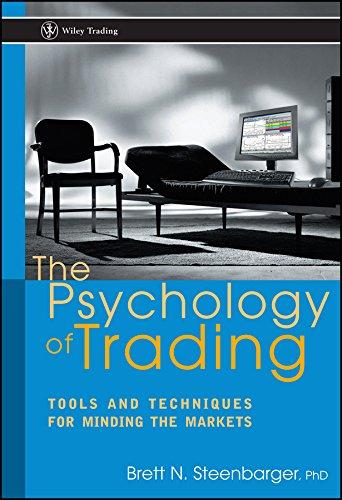

- Calculate the expected value (D).
- Calculate the standard deviation ()
- Calculate the coefficient of variation (V).
- What would be the appropriate discount rate?
- Assuming a tax rate of 40%, no salvage value and that the asset pool continues, calculate the net present value of the project.
- Provide a conclusion.
Phillips Toy Company The Phillips Toy Company was considering the advisability of adding a new product line. Ike Barnes, a marketing major who had joined the company right out of business school three years previously, was in charge of new product development. Ike knew that since the founding of the company 18 years ago, sales had grown from $150,000 per year to almost $40 million by 20XX. Although the firm had started out manufacturing toy trucks, it had diversified into items such as puzzles, stuffed animals, miniature trains, and board games. By late 20XX, however, the need to generate additional new product lines was becoming evident, as sales had been flat for the past three years and expected 20XX profit actually looked as if it might be 5 percent or so less than 20XW's $2 million. After doing a market analysis of possible product additions, Ike decided that the hockey card market was a booming area for potential new and profitable sales. Hockey cards were popular not only among youngsters, but also among adults trying to recapture some of their youthful experiences. In evaluating the market potential, Ike determined that there was no way he could predict the market penetration potential for a new set of hockey cards. The sales for the set, which would be called Hockey Legends, would depend on the quality of the final product as well as the effectiveness of the promotional activities. There was also the danger of errors when the set was initially issued. With approximately 400 cards in the set, there could be incorrect scoring statistics, ages, and so forth. When Johnson & Smith introduced its new set 11 years ago, the cards were highly criticized by collectors because of numerous factual errors. Ike hoped Page 529 to avoid this problem for the Hockey Legends set. He intended to hire people experienced in the sports card or publishing business to identify potential problems at an early stage. Ike knew that, over the years, Phillips had developed a manual for evaluating capital budgeting projects. As a first step, in conjunction with the sales manager, Ike predicted anticipated sales over the next six years. Although he thought this too short a time period to evaluate the full potential of the project, he had no choice but to go along with company policy. He decided to start by projecting a wide range for potential sales in 20XY, the first year in which there would be sales. He then assigned probabilities to the outcomes as shown in Table 1 Table 1 Projected first year's Sales Assumption Sales Probability Pessimistic.. $1,100,000 .25 Normal... 2,000,000 .40 3,750,000 .20 Optimistic. Highly optimistic.. 4,500,000 .15 Ike's intention was to determine the expected value for sales for the first year and then project a 20 percent growth rate for the next three years, and 10 percent for the final two years of the forecast period. Operating expenses were expected to average approximately 70 percent of sales. The primary investment to be made was in printing and production equipment, which would fall into Class 3 for CCA purposes. The equipment was forecast to cost $2.5 million and represented virtually the total capital investment for the business, except for about $200,000 in working capital. Ike looked into the capital budgeting manual to determine the appropriate discount rate, as he had seen a number of different ones used throughout the company. The manual stated that the discount rate was to be based on the coefficient of variation of the first year's sales projections, based on the categories shown in Table 2. Ike was a little concerned that these categories and rates had been struck a few years earlier when interest rates were generally a couple of percentage points higher, and he wondered if that should make any difference. Table 2 Discount rate determination Coefficient of Variation Appropriate Discount Rate 0-20 8% .21.40 10 41-60 14 .61-.80 16 Over .80 20 Ike knew top management was eager for him to present a business plan that would be approved and implemented soon. Thus, he was interested in calling his assistants together to get the analysis done immediately so it could be presented, along with a recommendation, at the next meeting of the executive committee








